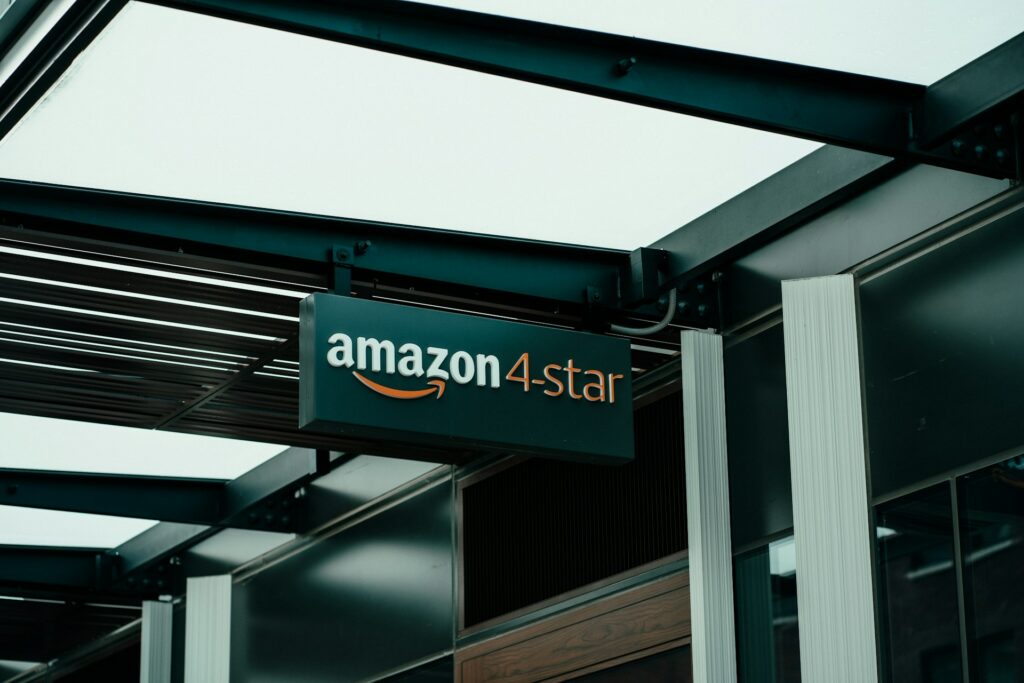A War for Same-Day Delivery Is Being Fought Between E-Commerce Giants

A War for Same-Day Delivery Is Being Fought Between E-Commerce Giants
As the biggest e-commerce firms pour large amounts into logistics, technology, and last-mile infrastructure, the competition to dominate same-day delivery has become more intense. What was once a luxury service has now developed into a competitive war where speed, convenience, and customer happiness are the ultimate prizes. This transformation occurred just a few years ago. As consumers anticipate that their purchases will arrive practically as soon as they press the “buy” button, significant firms are rethinking the process by which items are transported from warehouses to doorsteps.
Ultra-Fast Fulfillment Is Getting More Popular
In metropolitan regions, where immediate gratification has been the norm, the need for same-day delivery is being pushed by evolving consumer behaviors, especially in urban areas. Customers today anticipate having access to things in a manner that is almost instantaneous, whether it be food, gadgets, clothing, or home supplies. E-commerce platforms have been forced to rethink conventional supply chain models and include hyper-local fulfillment tactics as a result of this.
Large-scale investments in the delivery of goods and services
Businesses are constructing large networks of micro-fulfillment centers that are intentionally situated near to population hotspots in order to increase their chances of winning the race for same-day delivery. These smaller warehouses, which are powered by technology, enable speedier dispatch, minimize the amount of time spent on transportation, and increase delivery accuracy. Along with this, some businesses are forming partnerships with local shops in order to take use of the store stocks that are already in place.
The Significance of Robotics and Automation
One of the most important factors that is contributing to the viability of same-day delivery at scale is automation. Processing times are being reduced from hours to minutes as a result of the use of robotic picking systems, inventory management driven by artificial intelligence, and automated sorting lines. Drones that deliver packages and cars that drive themselves are also being evaluated as potential future options to further speed up the process.
The Demand Placed on the Delivery Workforce
On the other hand, despite the fast advancement of technology, the human worker continues to be an essential link in the chain. As a result of the spike in requests for same-day delivery, couriers and drivers are under significant strain, which has led to concerns over the working conditions, workload, and safety of the workforce. For the purpose of avoiding high turnover rates, businesses are attempting to strike a balance between the demand for speed and sustainable personnel policies.
The Innovation Process Is Driven by Increased Competition
There is a growing number of e-commerce businesses entering the same-day delivery race, which is causing competition to result in innovative techniques. It is becoming more common to provide subscription-based delivery memberships, artificial intelligence-powered route optimization, and dynamic delivery time slots as standard services in order to attract and keep clients.
The Problem of Long-Term Sustainability
However, there are environmental costs associated with fast delivery, including higher truck emissions and waste from packing. The reaction to this challenge is that businesses are experimenting with environmentally friendly delivery trucks, bicycle couriers, and condensed delivery windows in order to lower their carbon footprint while still satisfying the demands of their customers.
Continued escalation of customer expectations
Consumers who are used to receiving their orders within two days or the next day increasingly consider same-day delivery to be a standard service rather than a luxury. As a result of this change in expectations, businesses that are unable to keep up with the pace run the danger of losing market share to rivals who are more agile.
Increasing Our Presence Over Major Cities
It is usual practice to provide same-day delivery in big metropolitan regions; however, expanding into suburban and rural markets presents hurdles in terms of logistics. In an effort to bridge the divide, firms are investigating the possibility of establishing regional hubs, crowd-sourced distribution networks, and collaborations with local businesses.
What the Future Holds for Same-Day Delivery
As a result of technology’s ongoing efforts to reduce both delivery times and prices, industry analysts anticipate that same-day delivery will soon become the norm for the majority of e-commerce categories. It is probable that the businesses who are able to effectively strike a balance between speed, cost, and sustainability will emerge as long-term winners in an industry that is continuously developing.







